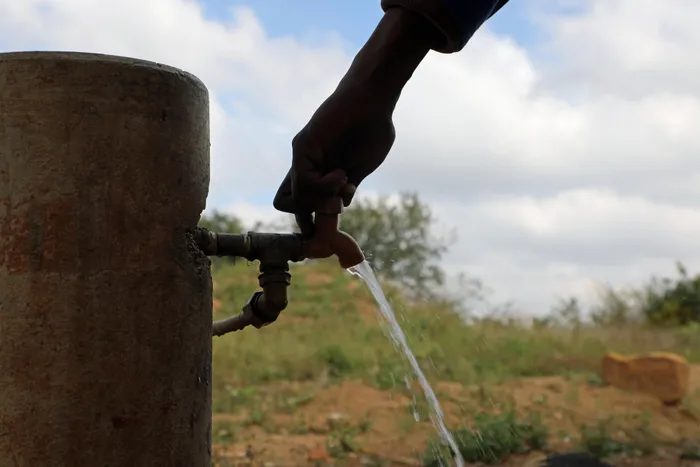Drought reveals rising land: South Africa's surprising connection to water loss
Climate Change

As climate change continues to escalate, South African coastal cities such as Cape Town and Durban are already under siege from rising sea levels, eroding shorelines, and increasingly severe flooding.
Image: Timothy Bernard Independent Newspapers
Researchers at the University of Bonn, Germany, have uncovered that certain regions in South Africa are gradually lifting, by as much as two millimetres a year, due to a phenomenon far removed from the hot mantle plumes previously thought to be responsible for such changes. Instead of deep-earth forces driving this uplift, the legs of science have turned to the immediate and pressing culprit: drought.
The groundbreaking study employs data accumulated through a vast network of Global Navigation Satellite System (GNSS) base stations known as TrigNet, which has been observing subtle land movements across South Africa for over two decades. Current analyses indicate that when surface and underground water evaporate or deplete, the Earth's crust can rebound in a manner akin to a sponge expanding after being squeezed. This newly revealed elasticity of the land — a response to water loss — could have lasting implications for how scientists monitor and manage water in a warming world.
Detailed findings published in the Journal of Geophysical Research: Solid Earth illustrate a compelling correlation between drought-stricken regions and measurable land uplift. Between 2012 and 2020, an average uplift of six millimetres was recorded, consistent with declining water mass, particularly in areas experiencing severe drought. This pivotal research challenges long-held beliefs that attributed regional uplift predominantly to tectonic activity tied to mantle hotspots.
Dr. Makan Karegar, a key researcher in this study, alongside hydrologists and geodesists, matched the GPS data with climate records and findings from the GRACE satellite mission, which monitors changes in gravity caused by shifting water masses, to make their discovery. “Groundwater adds weight to the land,” Karegar said. His research team found that as groundwater and surface water significantly diminished during prolonged dry spells, the land naturally lifted in response.
Further exploring this phenomenon, Dr. Christian Mielke from the same research team pointed out the potential applications of their findings: “By measuring how much the land lifts during droughts, we can estimate how much water has been lost. This gives us a unique, independent method to track vital water resources, particularly underground reserves.”
The implications for countries like South Africa, where much of the water supply relies on underground aquifers, are profound. The urgent need for accurate water resource management has grown, especially following Cape Town’s harrowing experience with “Day Zero” in 2015, when the city faced the prospect of running entirely dry. By utilising existing GNSS data to monitor vertical land motion, the research indeed offers a cost-effective approach to preemptively manage water crisis.
As climate change continues to escalate, South African coastal cities such as Cape Town and Durban are already under siege from rising sea levels, eroding shorelines, and increasingly severe flooding. The study’s findings highlight a complex interaction between drought and rising ground — while some areas may be somewhat shielded from rising sea levels, the diminishing water reserves remain a tantalising yet alarming dilemma. “If I had to choose between a decreasing sea level rise at the coast versus drought in the interior, I would choose sea level as the least-worst option,” said Jasper Knight, a geoscientist at the University of Witwatersrand who reviewed the study.
This research not only reshapes perceptions surrounding South Africa's land dynamics but also underscores an urgent message: the land is responding to our choices regarding water use. As researchers continue to elucidate the nuances of changing climates, citizen awareness and policy integration concerning climate and ocean discussions, as highlighted by ocean governance policy researcher David Willima, become imperative. Properly linking these concerns could enable effective responses to one of the biggest challenges facing South Africa today — the disappearance of its water resources.